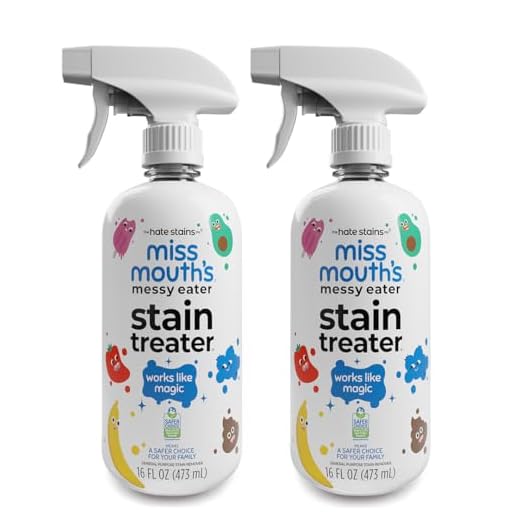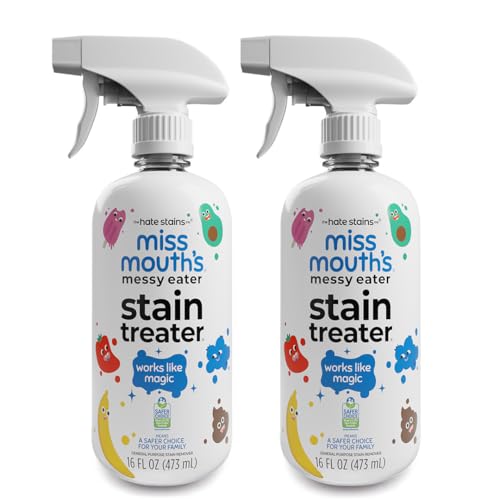

For a quick refresh, gently wipe down the exterior with a damp cloth. This method effectively removes surface dirt and grime without damaging the material.
If more thorough maintenance is required, prepare a mixture of mild soap and lukewarm water. Using a soft brush, apply the solution to stained areas, then rinse with clean water and let it dry completely before use.
To tackle stubborn stains, a solution of vinegar and water can be advantageous. Apply it to the affected spot, let it sit briefly, and then dab away with a clean cloth to restore your accessory’s appearance.
Always check the manufacturer’s care label for any specific instructions, ensuring that your cleaning methods align with the type of fabric used. Keeping your carrier looking sharp not only enhances its lifespan but also maintains its stylish appeal.
Assessing the Bag’s Condition Before Cleaning
Examine the exterior for visible dirt, stains, or damage. Check seams for fraying or tears which may require repair before any washing process. Inspect hardware such as zippers or clasps to ensure they are functioning properly, as damaged parts can complicate maintenance.
For stains, identify their type. Water-soluble spots can often be treated with a damp cloth. Oily marks may need a specialized stain remover. Perform a small patch test in an inconspicuous area to avoid discoloration or damage.
Assess the interior compartments for any accumulation of debris or spills. Empty all pockets and inspect for objects that could interfere with thorough cleaning. Make note of any odors; these may indicate mold or mildew, requiring specific treatment methods.
Review care labels or manufacturer instructions if available. Understanding material specifications will guide appropriate cleaning actions and prevent damage. If unsure about any condition, consulting a professional cleaner could be beneficial.
Selecting the Right Cleaning Supplies
Choose a mild detergent specifically formulated for synthetic fabrics. Look for options free of harsh chemicals that could damage the material.
Soft-bristle brushes or sponges work best for applying the solution without scratching or irritating the surface. Avoid abrasive pads that may leave marks.
Microfiber cloths are excellent for wiping down and drying surfaces without leaving lint behind. Opt for multiple cloths to handle different areas during the process.
For stubborn stains, consider an oxygen bleach solution, ensuring it is suitable for synthetic textiles, and always test on a small area first.
Keep a spray bottle handy to dilute your cleaning solution for thorough applications, making it easier to manage during use.
Finally, a vacuum equipped with a brush attachment can assist in removing dirt and debris from seams before further treatment, ensuring a thorough approach.
Preparing the Bag for Cleaning
First, empty all pockets and compartments to ensure no items remain that could interfere with the washing process. Check for items such as wallets, keys, or loose change, as they can potentially damage the fabric or cause uneven cleaning.
Remove or Detach Parts
- If your carrier has detachable straps, remove them to facilitate a more thorough cleansing.
- Take off any detachable embellishments or accessories that may not withstand washing.
Inspect for Stains
Examine surfaces closely for any visible marks or spots. Treat these areas with a suitable stain remover before proceeding with a full clean. Blot, don’t rub, to avoid spreading the stain.
For ongoing maintenance tips, consider visiting this page for more insights: best anthias for reef tank.
Cleaning methods for synthetic fabric
Use mild detergent mixed with warm water for spot treatment. Soak a soft cloth in the solution, gently scrubbing any stains or dirt. For larger areas, a soft-bristled brush can be effective without causing damage.
Machine Washing
If the item is machine washable, use a gentle cycle with cold water. Place it inside a mesh laundry bag to protect it from abrasion. Avoid fabric softeners, as they can leave a residue on the material.
Hand Washing
For items that require more care, hand washing is recommended. Fill a basin with lukewarm water and a small amount of detergent. Immerse the item and use your hands to gently agitate the water, allowing dirt to lift away.
After cleaning, rinse thoroughly with cold water to remove any soap residue. Air dry away from direct sunlight to keep colors from fading. Consider protecting your other belongings with a best umbrella with foldable cover for outdoor use to avoid exposure to elements.
Drying Techniques to Prevent Damage
Air drying is the safest method for maintaining the integrity of your item. Hang it in a well-ventilated area, preferably away from direct sunlight to avoid fading and material degradation. Ensure the item is completely open, allowing airflow to reach all surfaces, particularly pockets and seams.
Use of Towels
Before air drying, utilize a clean, absorbent towel to blot excess moisture. This helps minimize drying time while preventing water spots and excessive fabric sagging.
Drying Techniques to Avoid
| Technique | Reason to Avoid |
|---|---|
| Direct Sunlight | Causes fading and weakening of fibers. |
| Heat Sources (e.g., heaters, hair dryers) | May warp or melt the material. |
| Washing Machine Dry Cycle | Can damage structural integrity and lead to shrinkage. |
Maintaining proper drying procedures will prolong the lifespan of your carryall. For additional outdoor gear, consider looking for the best cantilever umbrella for high wind to protect your belongings from environmental factors.
Maintaining Your Bag After Cleaning
Regular maintenance extends the life of your carry-all and keeps it looking great. Follow these practices to ensure its longevity:
Routine Inspections
- Check for any loose threads or seams regularly.
- Inspect the straps and buckles for signs of wear.
- Look for stains or marks that may need immediate attention.
Proper Storage
- Store in a cool, dry place away from direct sunlight to prevent fading.
- Avoid cramming it with heavy items, as this can distort its shape.
- Consider using a dust cover or a breathable fabric bag for long-term storage.
Spot Cleaning
Address spills as soon as they occur to prevent permanent stains. Use a damp cloth with a bit of mild soap to gently blot the area.
Regular Conditioning
Apply a fabric protector every few months to enhance water and stain resistance. Follow the product instructions for best results.
Avoiding Harsh Environments
Keep it away from extreme temperatures and moisture, such as leaving it in a car during hot days or exposing it to rain without protection.
Scheduled Deep Cleanings
Plan for thorough cleanings every few months, depending on usage. This will maintain the material’s integrity and appearance.







